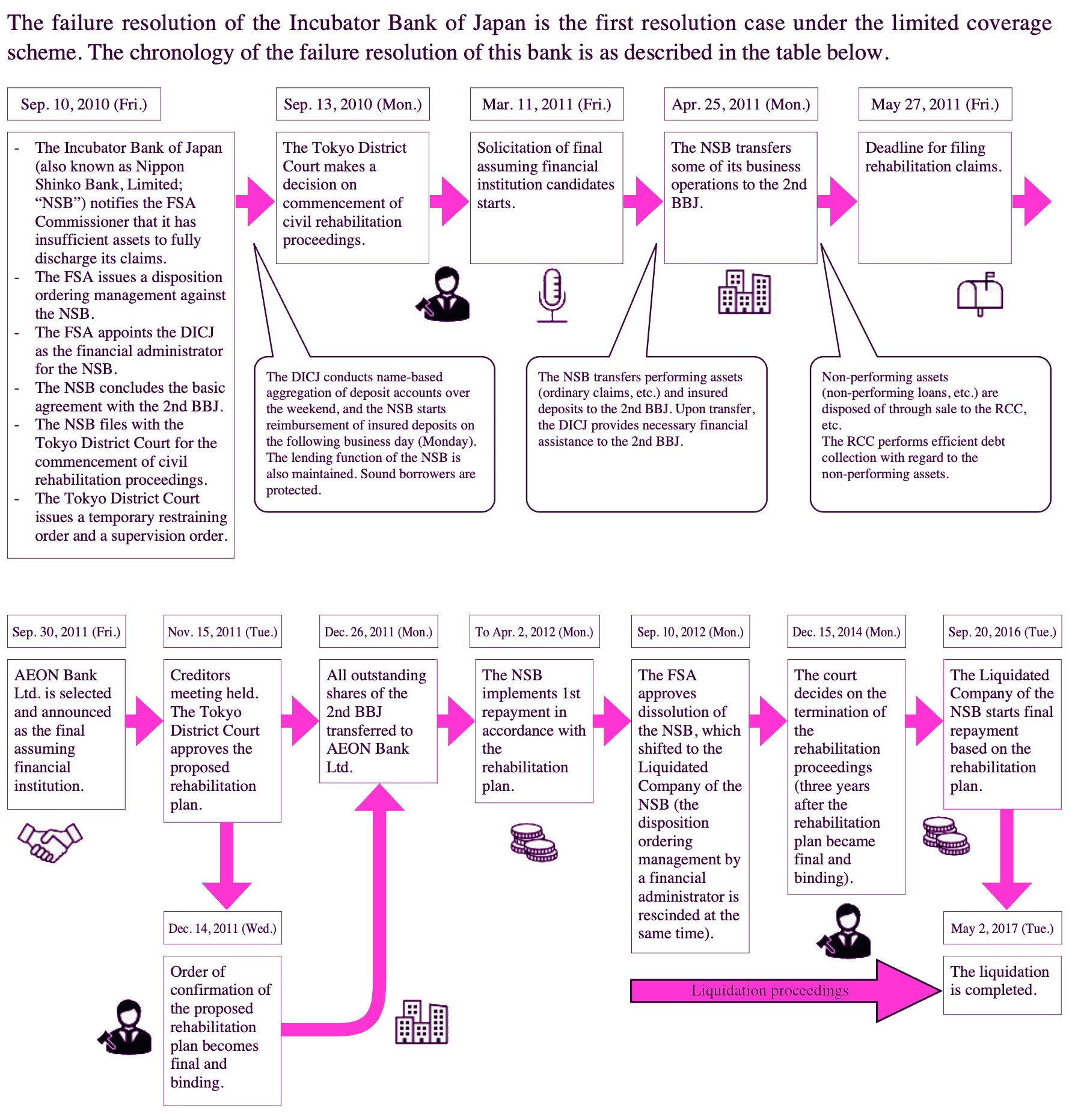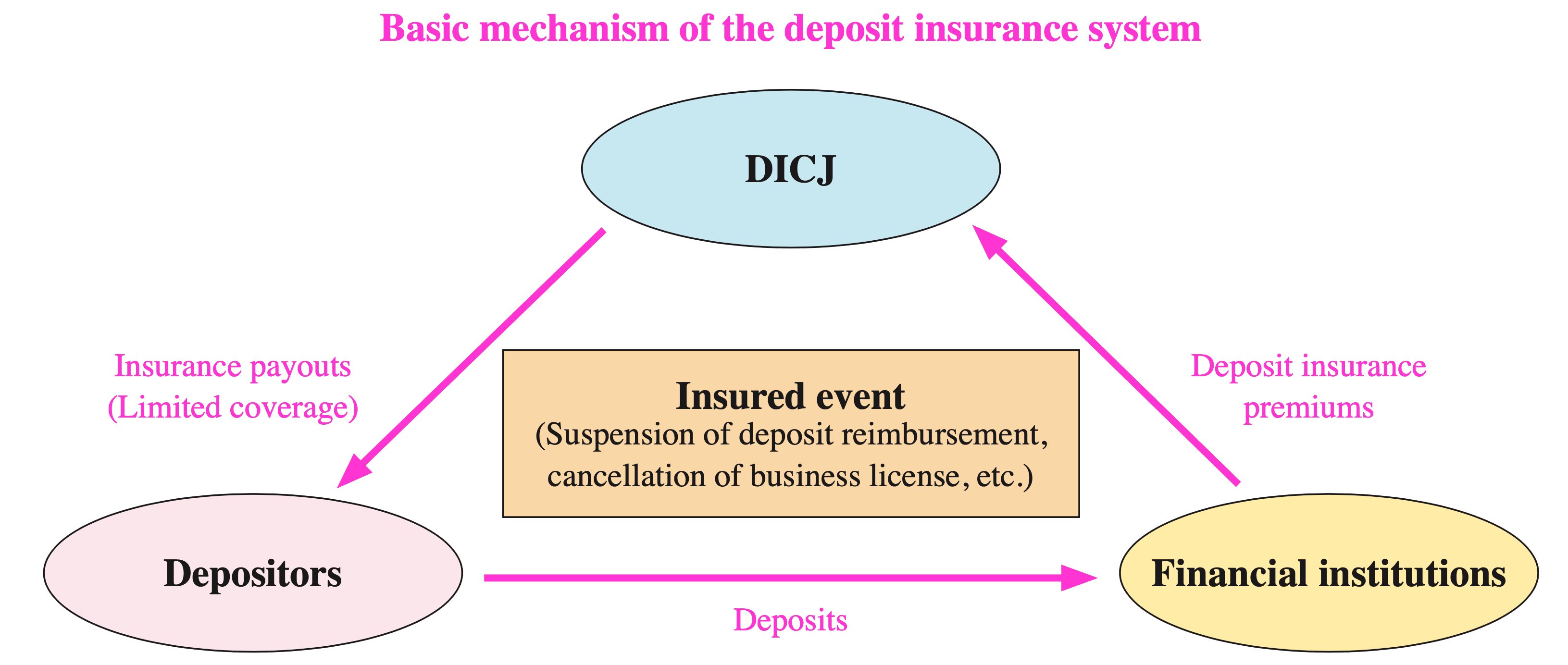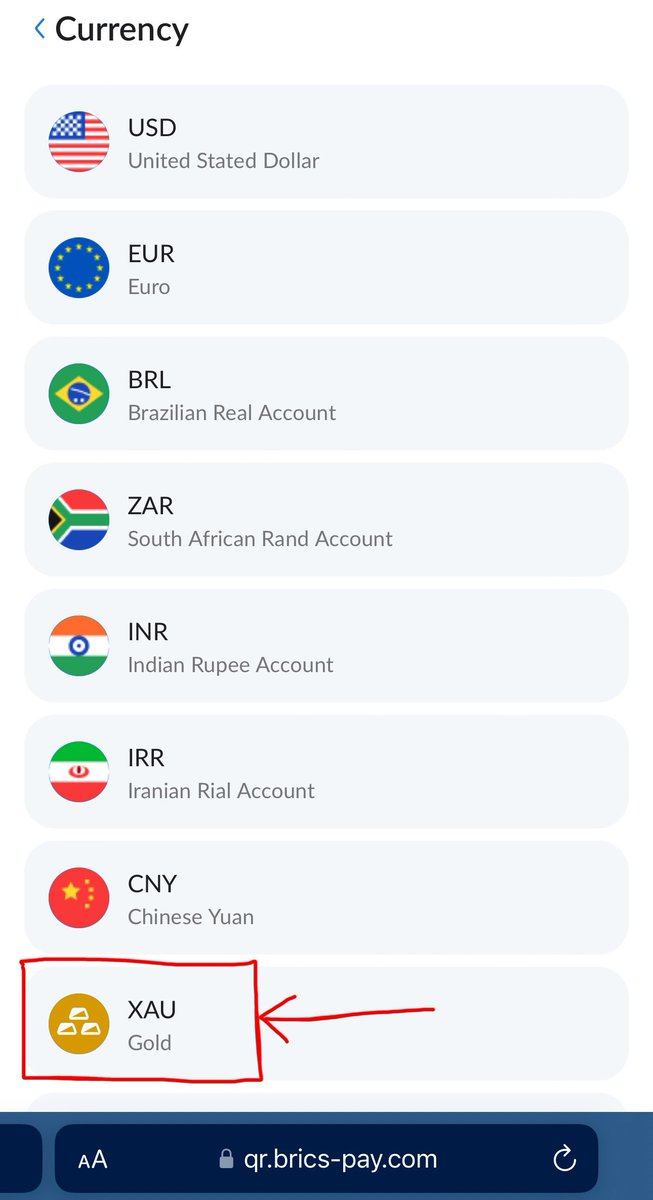
⬇️ My Thoughts ⬇️
🇯🇵⚠️ Current risks:
• Heavy reliance on debt
• Large US Dollar & Securities exposure
• Currency devaluation, leading to inflation
These could trigger a 90s-style crisis 2.0 📉

🚨 The system faced its biggest test during the 90s banking crisis:
• 110 financial institutions resolved
• Full deposit protection implemented
• Massive debt-based interventions
DICJ has met its insurance obligations, but at what cost? 🤔
🚨 The system faced its biggest test during the 90s banking crisis:
• 110 financial institutions resolved
• Full deposit protection implemented
• Massive debt-based interventions
DICJ has met its insurance obligations, but at what cost? 🤔
🇯🇵🆚🇪🇺
Japan's & EU's deposit guarantee schemes differ⬇️
🇯🇵 DICJ: Active crisis manager (Act 34 of 1971)
🇪🇺 DGS: Mainly deposit protection (Directive 2014/49/EU)
Japan's approach = more intervention power & broader mandate
EU's approach = more focused mandate
💰 DICJ's funding comes from:
• Self-issued bonds
• Insurance premiums paid by banks
• Borrowed funds from financial institutions & public
In practice, operation financing is heavily relied on debt, making it risky long-term 📈
🚀 How fast do you get your deposits back?
The Incubator Bank case (2010) shows DICJ timeline in practice:
• Bank failed on Friday
• Deposits returned by Monday
3 days/by next working day to have insured deposits available 🤝
💴 Coverage limits:
• Regular deposits: Up to ¥10M (~$65k/€60k)
• Payment & settlement accounts: 100% covered
💡Fun fact: During the 90s crisis, ALL deposits were fully protected. Japan gradually reduced this to ¥10M by 2005
🏦 The Deposit Insurance Corporation of Japan (DICJ), provisioned in the Deposit Insurance Act (DIA) defines as its goals:
• Deposit insurance
• Financial system stability
• Troubled financial institution resolution
Deposits guarantee is just one of responsibilities

🇯🇵 How does Japan protect bank deposits when banks fail?
🤯 Their deposit insurance system handled 180+ financial institution failures, including the massive 90's banking crisis
👉 Here's how Japan's ¥10M deposit guarantee scheme works: https://illya.sh/blog/posts/deposit-guarantee-scheme-japan-dia-dicj/
🧵
🇯🇵 How does Japan protect bank deposits when banks fail?
🤯 Their deposit insurance system handled 180+ financial institution failures, including the massive 90's banking crisis
👉 Here's how Japan's ¥10M deposit guarantee scheme works: https://illya.sh/blog/posts/deposit-guarantee-scheme-japan-dia-dicj/
🧵
👀 Tried out the BRICS Pay demo. Gold/#XAU is one of the supported currencies (the only real money in the list!)
🌏 To be supported cross-border, within every member nation
💳 You can use VISA/Mastercard to load up your account
🇪🇺We urgently need an akin system in the #EU
In summary, blockchain-based Tokenized Liquid Futures:
- Eliminate intermediaries
- Increase transparency
- Enhance liquidity
- Automate risk management
- Provide flexible capital deployment
Thus enabling a disruptive #DeFi use-case over its #TradFi equivalent

The smart contract automates risk management on-chain by:
1️⃣ Enforcing margin requirements
2️⃣ Handling liquidations
3️⃣ Ensuring contract settlement
Removing the need for trusted third parties and ensuring transparency 🛡️
The smart contract automates risk management on-chain by:
1️⃣ Enforcing margin requirements
2️⃣ Handling liquidations
3️⃣ Ensuring contract settlement
Removing the need for trusted third parties and ensuring transparency 🛡️

The tokenization of the long and the short positions of the futures contact allows for trading of the positions in a fully decentralized manner, without the need for need for a clearing house
This means no trusted entity or oracles are required, ensuring full decentralization
The tokenization of the long and the short positions of the futures contact allows for trading of the positions in a fully decentralized manner, without the need for need for a clearing house
This means no trusted entity or oracles are required, ensuring full decentralization

🕑 The later this default occurs, the higher this loss is to the offending party
This aligns with the principle of the time value of money
🕑 The later this default occurs, the higher this loss is to the offending party
This aligns with the principle of the time value of money

🛟 The liquidation logic makes the initial required margin a collateral for all of the parties
Failure to meet the obligations means a loss of the deposited margin/collateral, either in full or in part
🛟 The liquidation logic makes the initial required margin a collateral for all of the parties
Failure to meet the obligations means a loss of the deposited margin/collateral, either in full or in part

If a party fails to meet margin requirements, the smart contract:
1️⃣ Terminates the agreement
2️⃣ Transfers deposited assets to the compliant party
3️⃣ Applies penalties to the defaulting party
This liquidation process is executed automatically on-chain 🤖
If a party fails to meet margin requirements, the smart contract:
1️⃣ Terminates the agreement
2️⃣ Transfers deposited assets to the compliant party
3️⃣ Applies penalties to the defaulting party
This liquidation process is executed automatically on-chain 🤖

Smart contract on the blockchain tracks:
1️⃣ Deposited amounts for each party
2️⃣ Required deposits at each checkpoint
3️⃣ Maturity date
It uses this data to automatically enforce the increasing margin schedule 🔐
Smart contract on the blockchain tracks:
1️⃣ Deposited amounts for each party
2️⃣ Required deposits at each checkpoint
3️⃣ Maturity date
It uses this data to automatically enforce the increasing margin schedule 🔐

The margin in DeFi futures acts as:
1️⃣ Traditional margin, as in TradFi
2️⃣ Collateral hedging the counterparty risk
3️⃣ Under-collateralized assurance for a futures contract delivery
Daily/periodic settlement can be incorporated into the dynamic margin requirements
The margin in DeFi futures acts as:
1️⃣ Traditional margin, as in TradFi
2️⃣ Collateral hedging the counterparty risk
3️⃣ Under-collateralized assurance for a futures contract delivery
Daily/periodic settlement can be incorporated into the dynamic margin requirements

Example of gradually increasing margin:
- Day 1: 10% deposit required
- Month 1: 25% required
- Month 2: 50% required
- Month 3 (Maturity): 100% required
This flexibility allows parties to structure payments based on future cash flows 💰
Example of gradually increasing margin:
- Day 1: 10% deposit required
- Month 1: 25% required
- Month 2: 50% required
- Month 3 (Maturity): 100% required
This flexibility allows parties to structure payments based on future cash flows 💰

📈 The margin requirements increase algorithmically over the contract's lifespan
This ensurer both parties deposit their obligation in full by maturity, while allowing for partial collaterization
Thus leveraging the time value of money, without the need for a trusted party
📈 The margin requirements increase algorithmically over the contract's lifespan
This ensurer both parties deposit their obligation in full by maturity, while allowing for partial collaterization
Thus leveraging the time value of money, without the need for a trusted party

The DeFi margin for futures contracts differs from TradFi margins, by:
1️⃣ Gradually increasing over time
2️⃣ Ensuring full collateralization by maturity
3️⃣ Delaying full payment
TradFi margin's main goal is to cover daily settlement gains/losses of the futures position
The DeFi margin for futures contracts differs from TradFi margins, by:
1️⃣ Gradually increasing over time
2️⃣ Ensuring full collateralization by maturity
3️⃣ Delaying full payment
TradFi margin's main goal is to cover daily settlement gains/losses of the futures position

Each position (long and short) is subdivided into several fungible tokens, which can be traded independently
The native token support of Mina Protocol blockchain means that a smart contract encodes both: the futures agreement, and its tokenization 🪙
Each position (long and short) is subdivided into several fungible tokens, which can be traded independently
The native token support of Mina Protocol blockchain means that a smart contract encodes both: the futures agreement, and its tokenization 🪙

🔐 Smart contracts on the blockchain enable full tokenization of futures contracts
📈 Both long and short positions become tokens, representing a "promise of future asset or money"
This allows partial selling of positions, increasing liquidity, flexibility and reducing risk 💧
🔐 Smart contracts on the blockchain enable full tokenization of futures contracts
📈 Both long and short positions become tokens, representing a "promise of future asset or money"
This allows partial selling of positions, increasing liquidity, flexibility and reducing risk 💧

Futures pricing is deterministic, and its main goal is to prevent arbitrage:
💰 Futures Price = Spot Price * e^(rT)
- r: risk-free rate (e.g., $MINA staking yield)
- T: time to maturity
This formula approximates pricing at maturity in both TradFi and DeFi 🧮





